A special visit to the St Andrews University Library’s Special Collections Photographic Collection
Like a kid in a sweet shop!
That’s what it felt like to be given a tour of the Photographic Collection at the St Andrews University Library Special Collections by Rachel Nordstrom, the Photographic Collections Manager. The collection is a treasure trove of powerful and important work about Scotland and Scottish photography that goes all the way back to the very beginnings of the artform. With a few gems from further afield too.
The opportunity to visit was on the occasion of the collection acquiring some of my own work from the series ‘Fisherwomen’ – more on this later.
Photography, I contend, is the most universal of art forms, arguably the simplest to get started with and certainly the easiest to feel an early sense of accomplishment or achievement in: you don’t need to learn chords or read music, you don’t need to know brush techniques and you don’t need a hammer and chisel. It wasn’t always like that of course, but now you don’t even need a camera! A phone will do.
But having a camera doesn’t make you a photographer, any more than having a great pencil makes you a writer. The craft, the intention, the research, the ambition…. they are the things that make a photographer…. and a knowledge of the history of photography and what’s gone before us too. We are all ‘standing on the shoulders of giants’ as Isaac Newton so eloquently put it.
And it’s that knowledge and understanding of what’s gone before us that allows us to hopefully make our own contribution. The great American curator John Szarkowski once said:
“We are grateful to the artists who come before us for what they give us, or to be a bit more forthcoming about the nature of that exchange, we are grateful to the artists who come before us for what we take from them. There is nothing to be ashamed of – the name for the process is called tradition, which does not mean imitating old pictures, but rather transcending them. There are photographers from the past from whom we can all learn or borrow or take something, and from which we can fashion something else a little different. This is an altogether honourable pursuit and in fact might be thought of as the definition of the artistic enterprise. The activity which allows each of us to think of ourselves as at least bit part players in the great troop that includes even Titian and Cezanne.”[1]
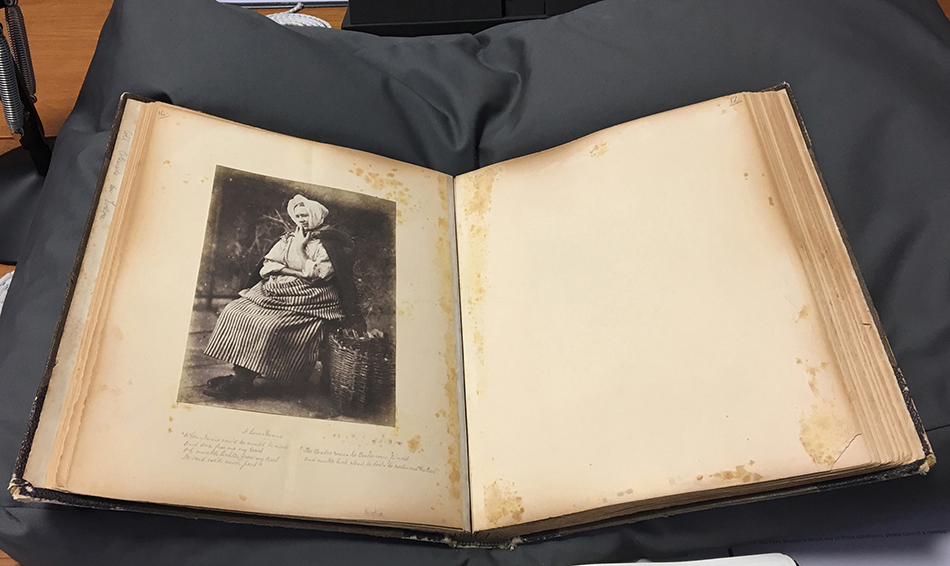
That’s why archives such as the Library’s photography collections are so important and why it was such a privilege to be shown around and now to have my own work included within the collection. Having the opportunity to see the original salt prints that Hill and Adamson made of Fisherwomen in Newhaven in the early 1840s informs and sets in context the work I’ve been making over the last seven years, in much the same way that the paintings of Winslow Homer and John McGhie have inspired me too. I see my work, and that of other documentarians in the collection, as the work of historians as much as photographers. It’s a cliché perhaps, but it really is the first draft of history.
‘Fisherwomen’ is a three-part project that celebrates the traditional and contemporary importance of women to the fishing industry. From the early part of the 19th century right up to the middle of the 20th century, the herring fishery was one of the most important industries in Scotland. Each year as the shoals swam south through the North Sea, the fishermen of the herring fleet followed them. The East coast men began their journey in Shetland in the early summer and for the next six months sailed south bringing their catch into the fishing towns and villages down the whole of the North Sea coast of the British Isles. The annual pilgrimage ended each year in the early winter at the English seaside resorts of Great Yarmouth and Lowestoft.
Whilst the fishermen travelled by sea, the fisherwomen mirrored their journey by land, travelling from port to port gutting and packing herring into barrels on the quaysides and selling the catch in local communities.
Today fisherwomen are no longer calling their wares on the quayside but are to be found mostly behind closed doors, working unseen in large fish-processing factories, smokehouses and small family businesses all around the coast.
Hill and Adamson’s Newhaven Fisherwomen images are widely considered to be amongst the very first social documentary photographs ever made, when the camera was turned on ordinary working-class folk for the first time. It is both a privilege and a responsibility to try to continue in that tradition with my own work.
My series presents large format portraits of former ‘herring girls’ alongside their contemporary counterparts and sets them against a series of landscapes following the route from Shetland to East Anglia.
I’m delighted that a portfolio of that work has been acquired by the University and now sits alongside the earlier depictions of fisherwomen and the landscape of the East coast. An exhibition of the work is currently touring the UK, with a small selection of it coming as a twin show to the Scottish Fisheries Museum in Anstruther and to the University of St Andrews in July 2020.
A limited-edition portfolio publication and artist edition is available from: www.tenoclockbooks.com.
Alongside the early calotypes, glass plates and historical pictures by Scottish photographers of the past, is the equally important work of contemporary photographers including collections of prints by my friends at Document Scotland: Sophie Gerrard, Colin McPherson, Stephen McClaren and Jeremy Sutton-Hibbert – all of whom are continuing in the great tradition of Scottish photographers who’ve gone before them in recording the life and landscape of our country. Their work, like mine, I hope will be there for future generations to find, refer to and study.
But it’s not just individual photographs in the collection. I discovered other treasure too, on the bookshelves in the photobook collection: an original signed copy of Ed Ruscha’s ‘TWENTYSIX GASOLINE STATIONS’, a seminal book not only in photography, but in modern art – the first time that the book form was used as the final realisation of an artwork and a precursor to both the pop-art movement of the 1960s and the New Topographics work of American photographers in the 1970s. There’s a copy of Ruscha’s ‘Every Building on the Sunset Strip’ from 1966, although I refrained from laying it out to its full length of 25 feet, and an original 1958 French edition of Robert Frank’s ‘Les Américains’, with texts by Simone de Beauvoir, John Steinbeck, Henry Miller etc. Deemed too controversial to publish in the US, the book was finally released as ‘The Americans’ the following year, with the Kerouac text instead, and went on to become one of the most important and revered books in the history of photography.
I could have spent days in Special Collections, and very possibly will as I continue to research and plan for future projects.
Craig Easton
Photographer
www.craigeaston.com
[1] J Szarkowski, “Speaking of Art: John Szarkowski on Eugène Atget”, The Checkerboard Lecture Series (2004)
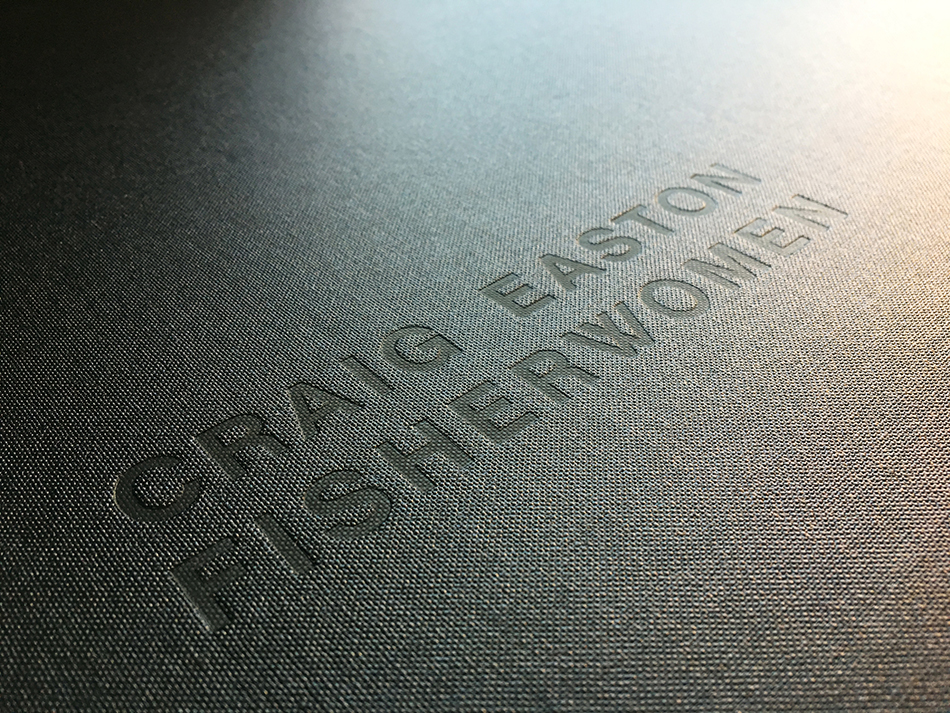
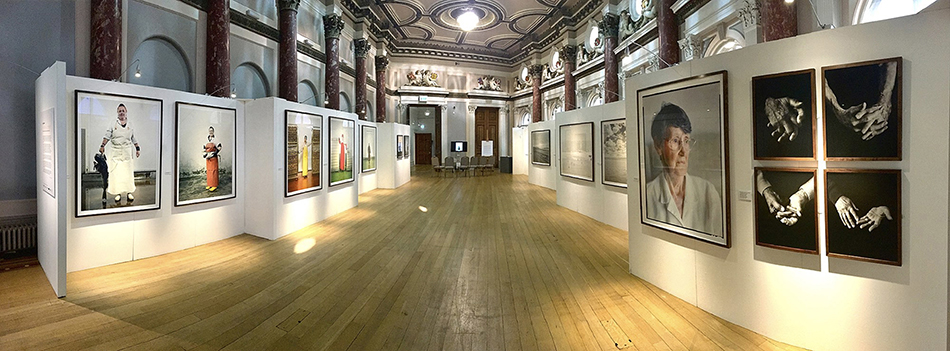
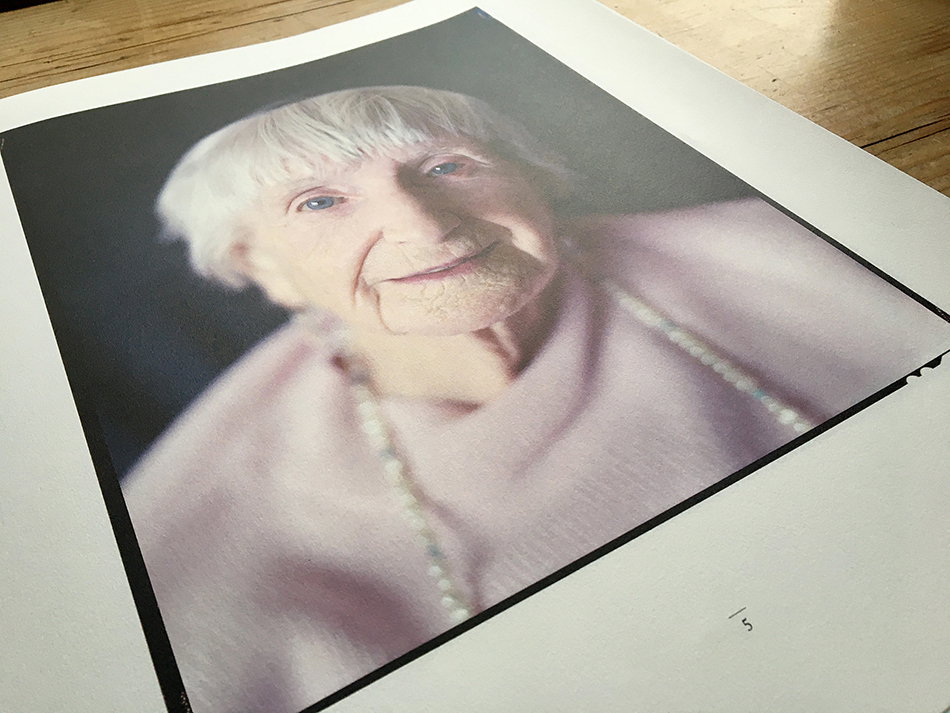
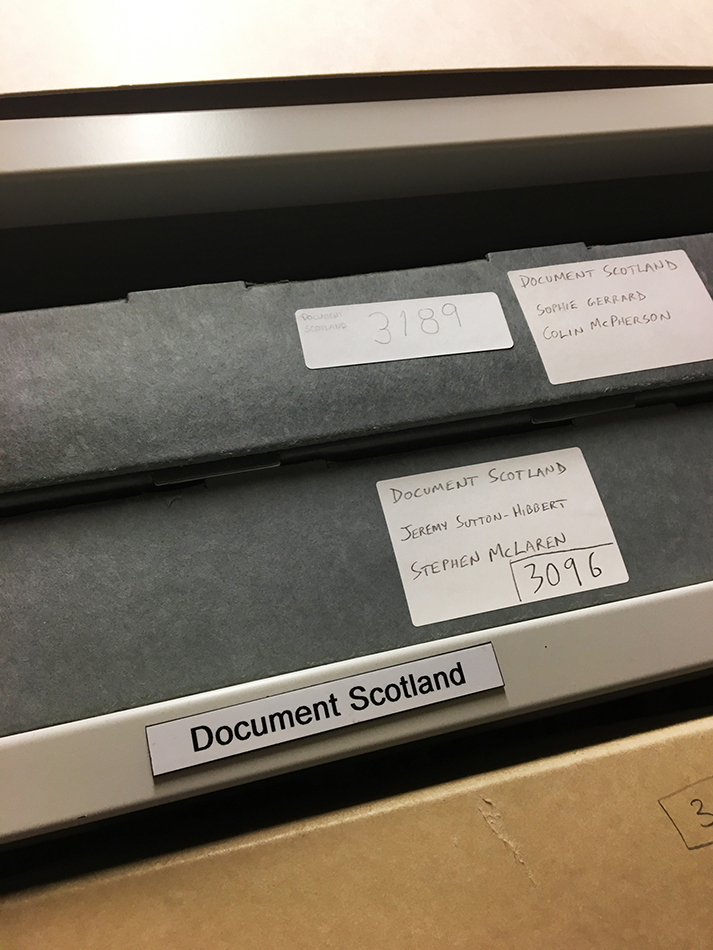
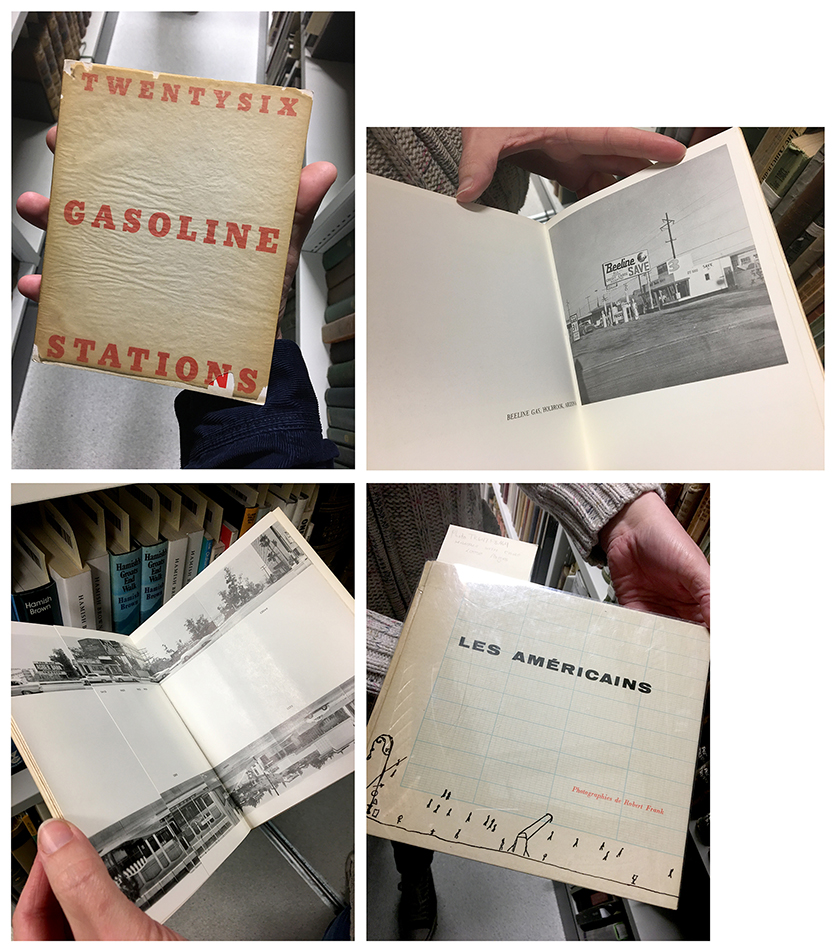
[…] https://standrewsrarebooks.wordpress.com/2020/02/18/a-special-visit-to-the-st-andrews-university-lib… […]
Such an opportunity. Sigh.